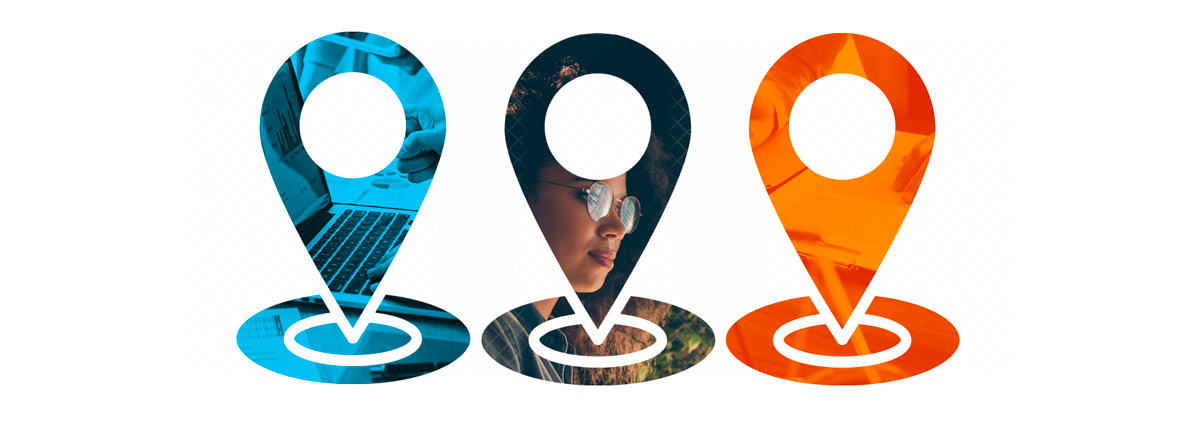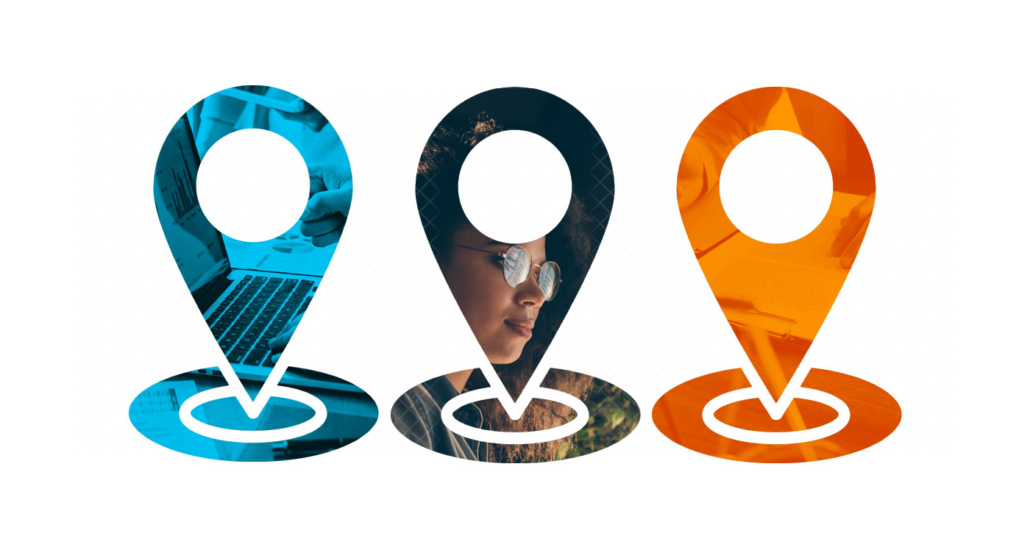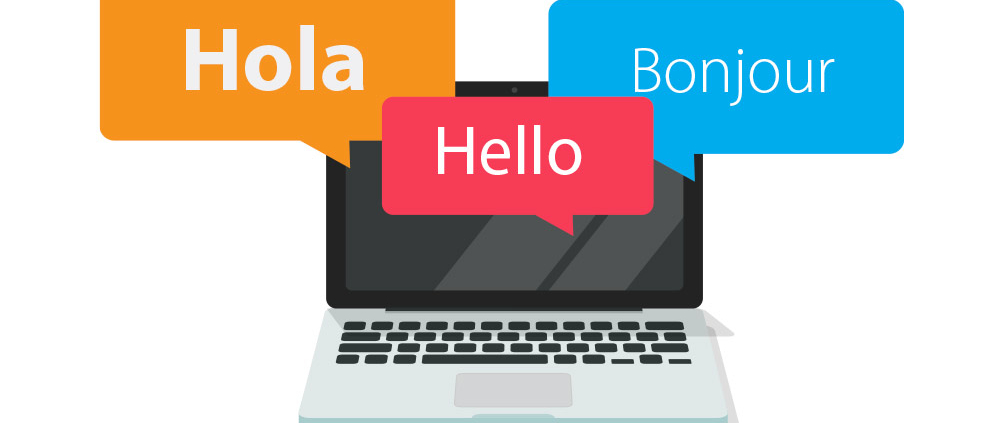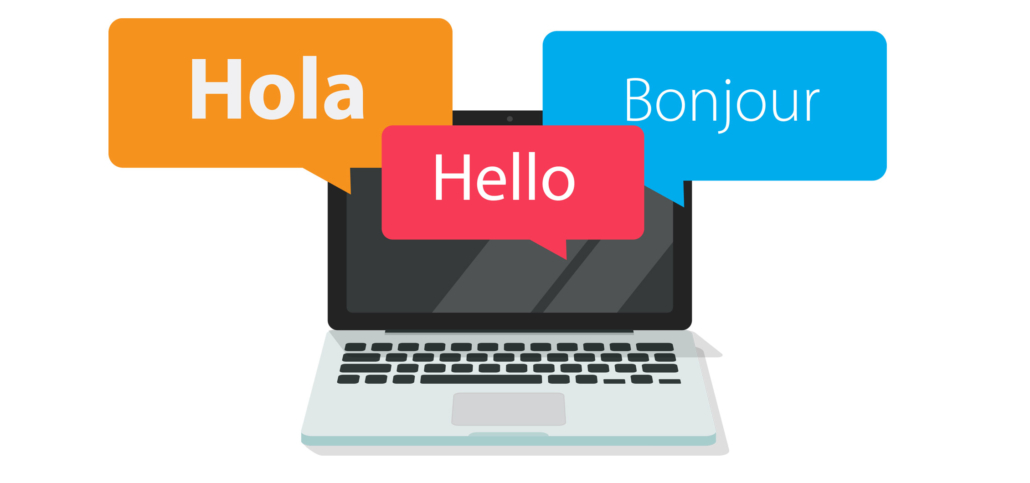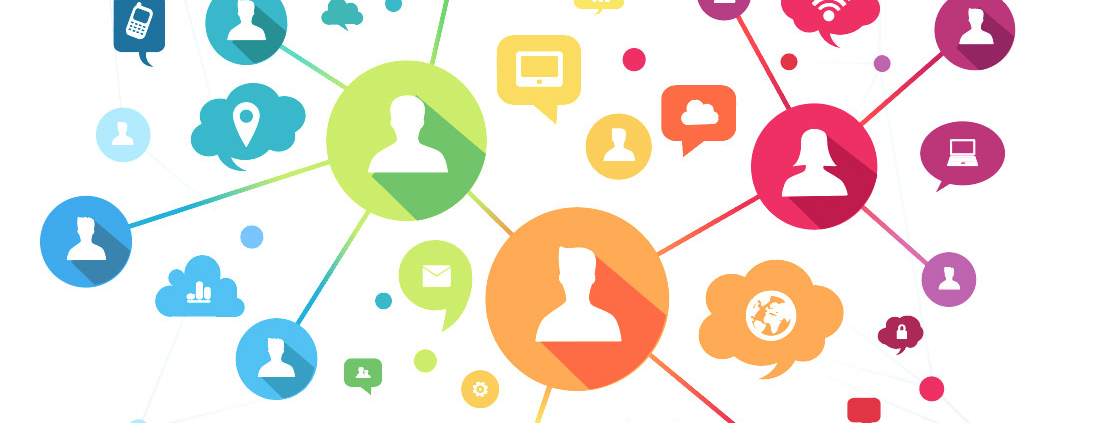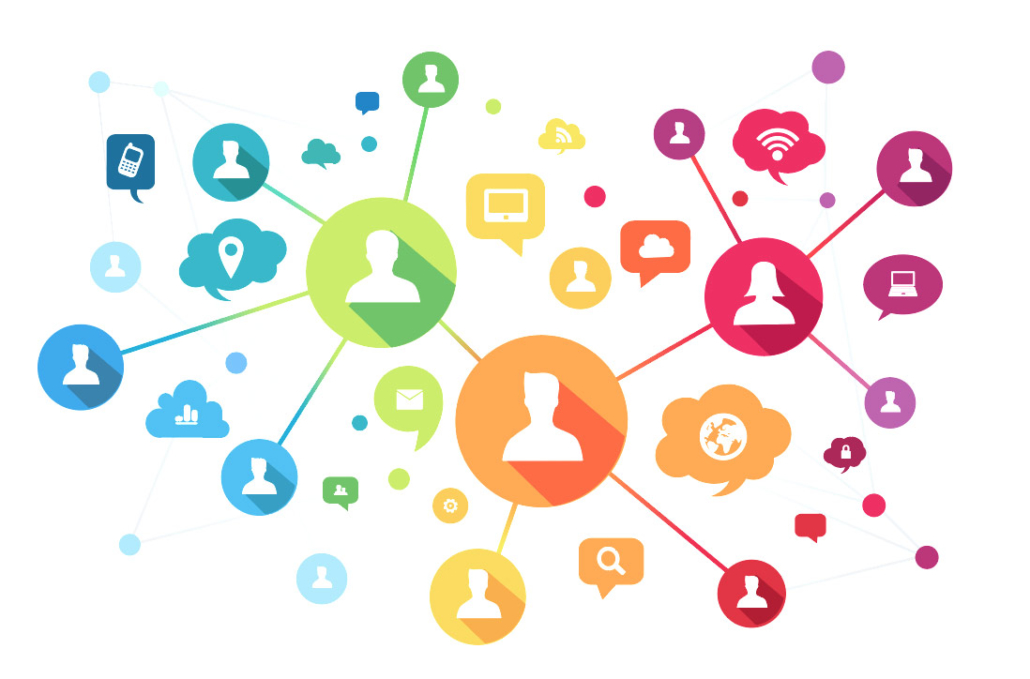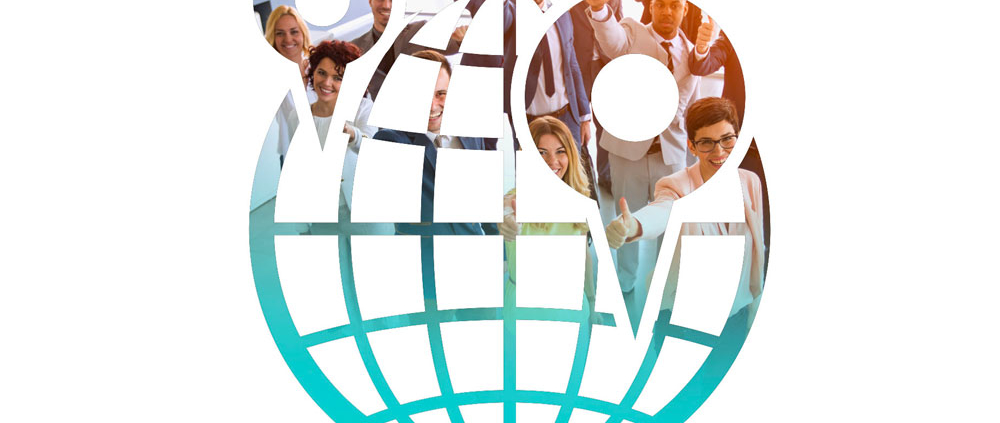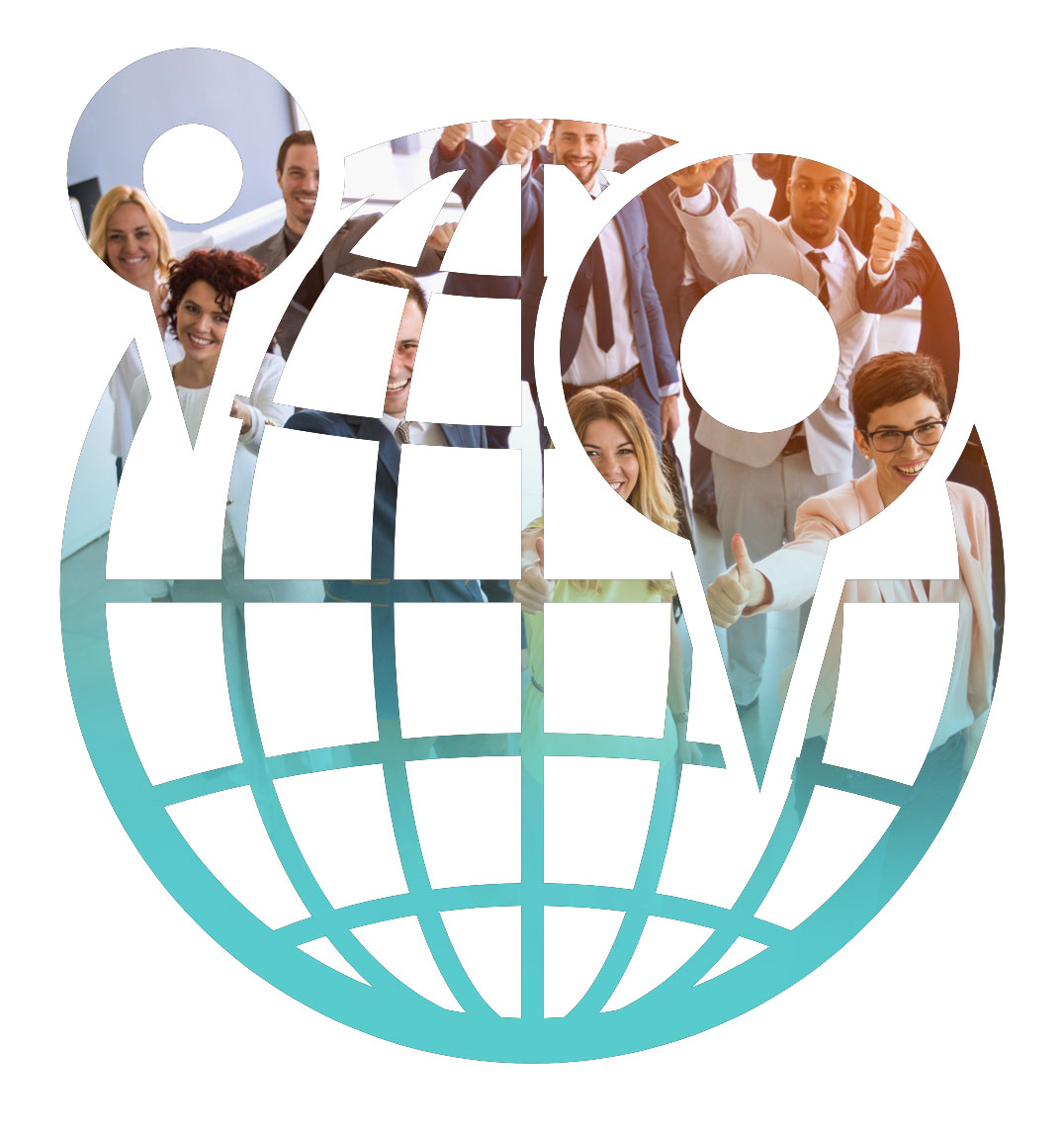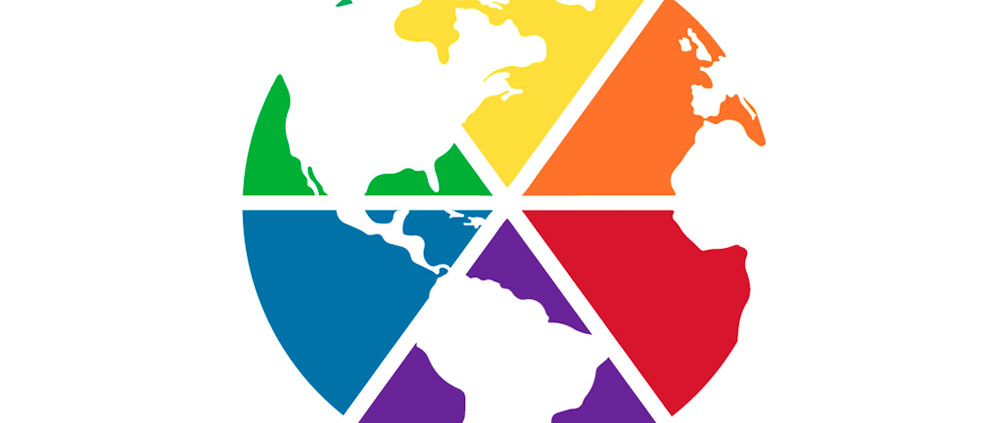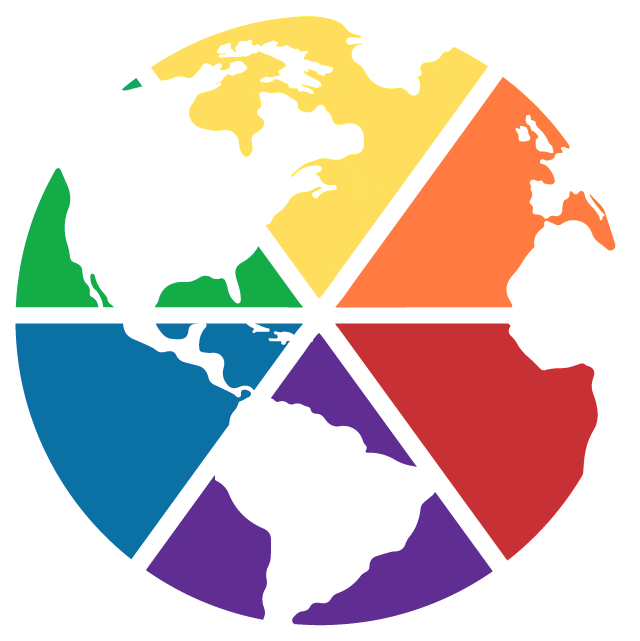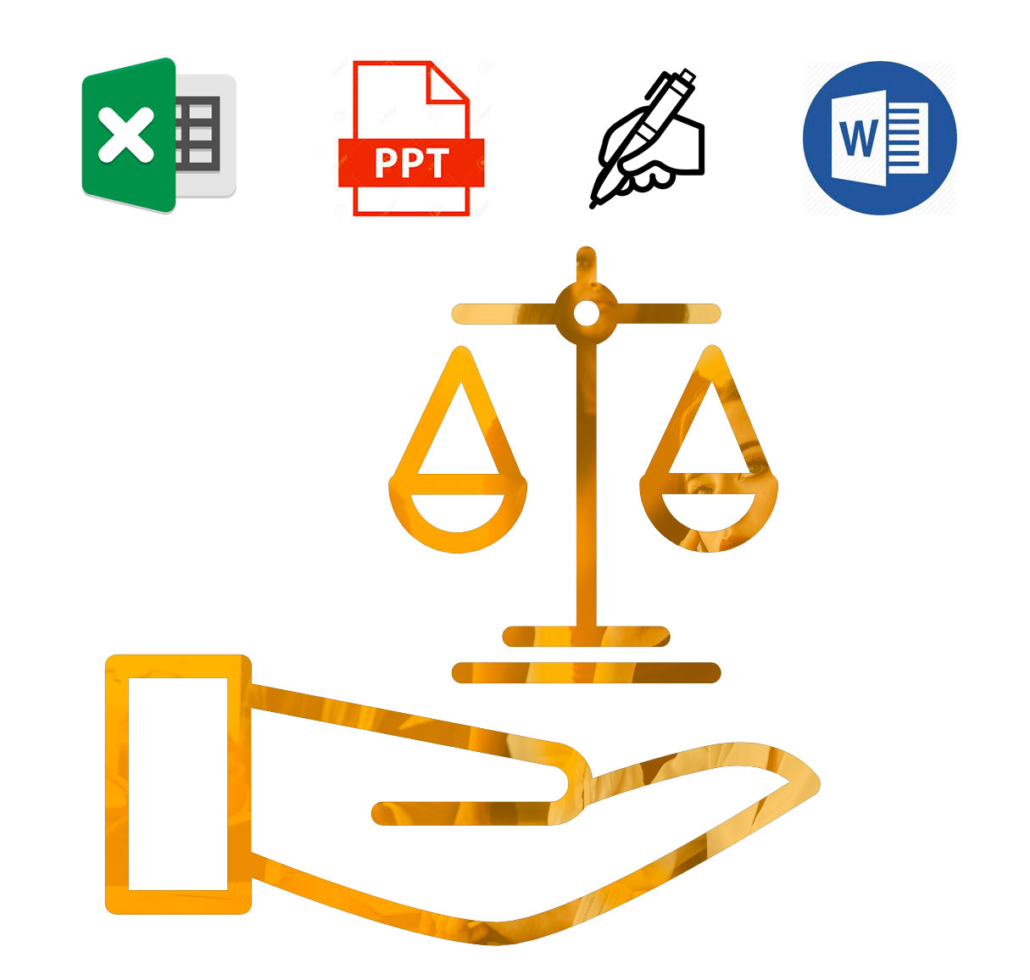
Translation is a key element in healthcare communication. Millions of Americans speak languages other than English at home. When it comes to managing their healthcare, having insurance materials in their native languages is especially valuable. With a clear understanding of their benefits, they’re able to make better decisions about their health.
For healthcare communicators and marketing professionals, what to translate – and how – are two of the biggest challenges in developing materials and managing ongoing communications.
With limited time and resources, the translation of materials often comes down to seemingly impossible choices. Do you create brochures, press releases and website pages in English only? Or do you limit translations to just a few items – and perhaps only in, say, Spanish and Chinese? Should you handle translations in-house and if you do, will you have the personnel to handle it?
The good news: a full-service translation provider gives you options and flexibility.
How translation advances your top priorities
Translation is a not a simple task, but it’s a necessary component of your communications plans. Although health insurance companies have a legal obligation to translate their materials for members, there are plenty of convincing business reasons to expand your ability to translate materials.
- Improve patient experience. Patient experience was a top priority for the healthcare industry before the pandemic, and there’s even more reason to focus on it now. As patients embrace new methods of care, there are more questions about what’s covered. In the coming months, insurers will need to clearly articulate changes to all customers, especially those with limited English proficiency.
- Increase productivity of your customer service team. When critical documents are translated and easily available through self-service options, your customer support representatives will spend less time on the phone with your members. In addition, you’ll reduce the risk of miscommunication.
- Meet important revenue-generating deadlines. Marketing and communications plans are often complex and tightly managed. Rolling out a new product or website requires numerous communications, and when revenue is at stake, missing a deadline has high costs.
By engaging a translation service provider, you’ll have a partner who can help you manage a high volume of content in multiple languages. Finding the right provider depends on knowing your specific needs – and what questions to ask. The following checklist will help you evaluate your options and get the answers you need to make the right decision.
What types of materials can you translate?
A full-service translation provider will have a solid understanding of the health insurance industry as well as a breadth of experience in the types of documents it can handle. Be sure to ask about their experience translating standard materials such as member letters, brochures and website pages.
Most importantly, the translation service provider should have experience working with specialized health insurance materials, including: Evidence of Coverage, Summary of Benefits, Denial/Approval Letters, Formularies, Member Handbooks, Benefit Summary, Medical Records, HIPAA documents and training, and Foreign Claims.
What languages do you support?
A full-service translation provider will offer the greatest efficiency because it can handle the translation of material into multiple languages at once. As you build your communications plan, you can prioritize the most common languages spoken in the U.S.: Spanish, Chinese, Russian, French, Portuguese, Vietnamese, Haitian Creole and Tagalog.
Also ask if they have native speaking human translators on staff to handle the languages you need. Native speakers provide an advantage: You can be certain the translation will capture the essence of your message and thus resonate with your members.
What is your process?
A quality translation service provider brings more to the table than simply transferring words from one language to another. You should expect the provider to provide a range of services. For example, editing and proofreading are essential for ensuring your message is clearly and accurately conveyed in every piece. Your corporate and marketing needs may also extend to other services such as desktop publishing, social media videos, eLearning localization and website translation.
What else is important to know?
Finally, don’t overlook the qualifications of a certified translation service provider. The team should offer health insurance subject matter experts, who are also deeply familiar with HIPAA compliance. Privacy and security are paramount, so ask if their platform is HTTPS secure and insist on a non-disclosure agreement.
Many organizations put off translation because it seems complicated. But working with a reputable translation service provider ensures accurate translation of your content. In addition, working with a full-service translation provider reduces the burden on your staff. They won’t have to spend hours creating their own translation of materials. As a best practice, be sure to have a translation management plan, which will help you prioritize materials and ensure timely translation of essential documents.
Click for a quote. We will be in touch to discuss your requirements and solution options.
To set up a call to further discuss your needs or additional information, please send an email to info@translate.one




